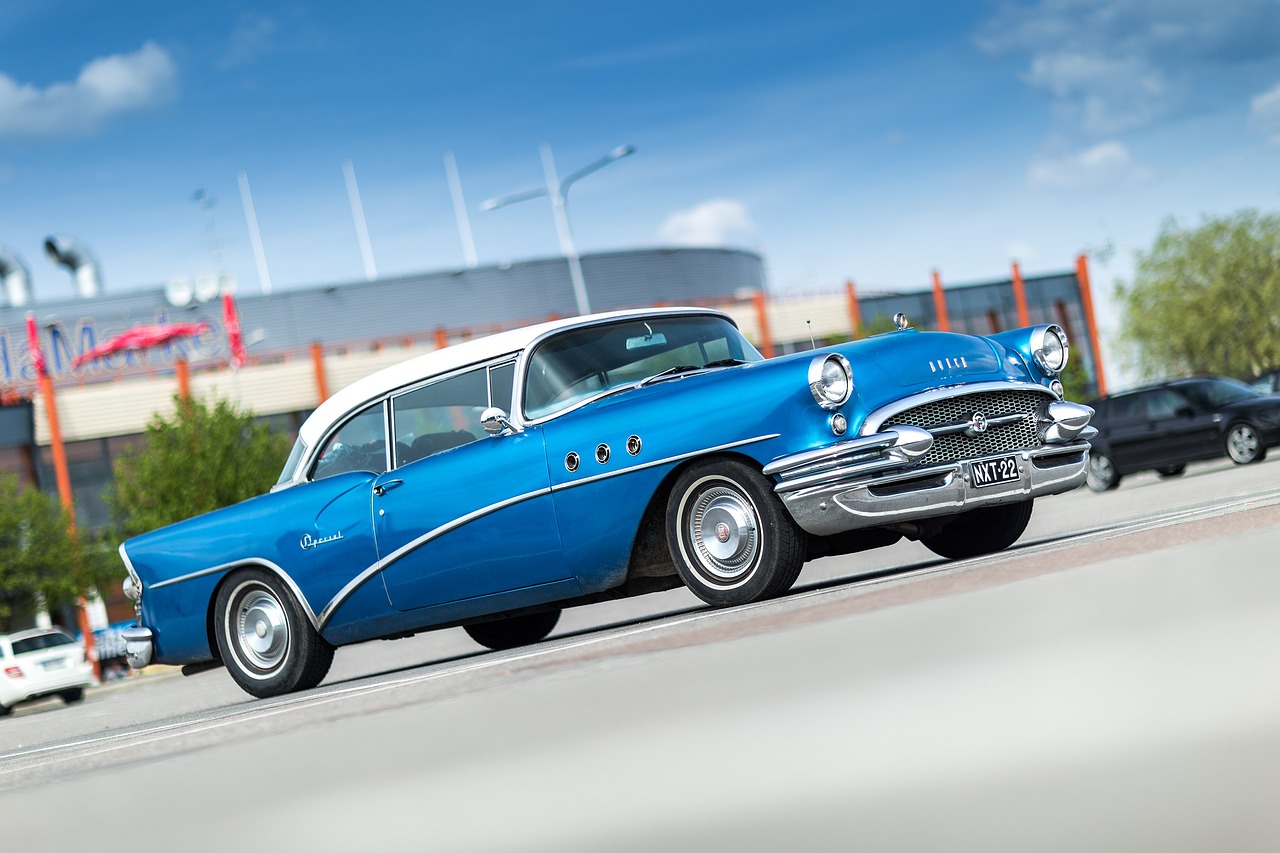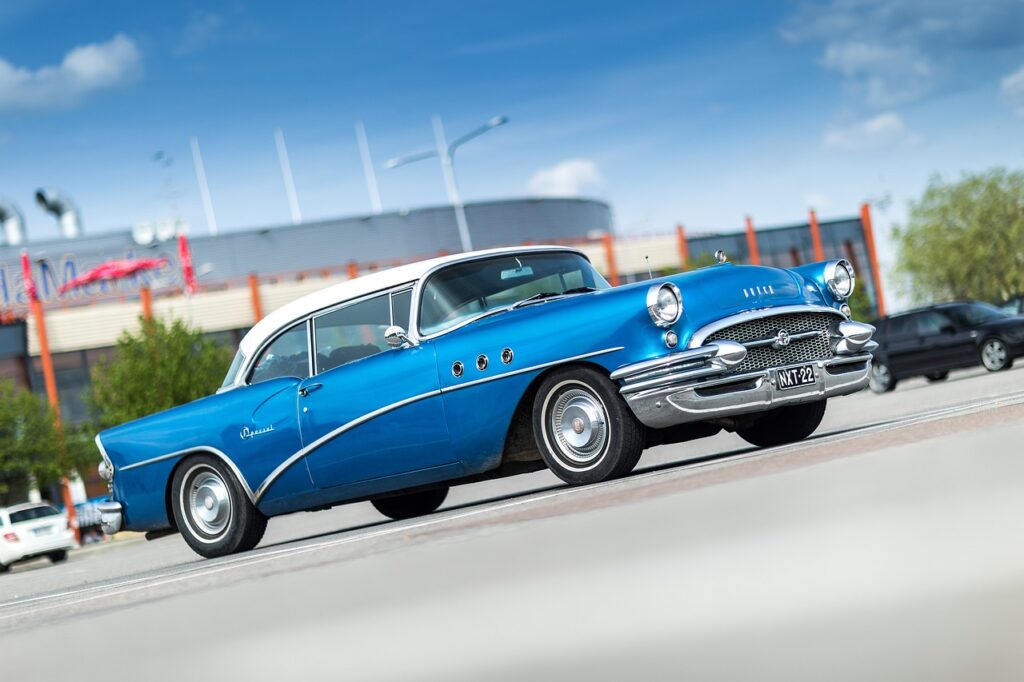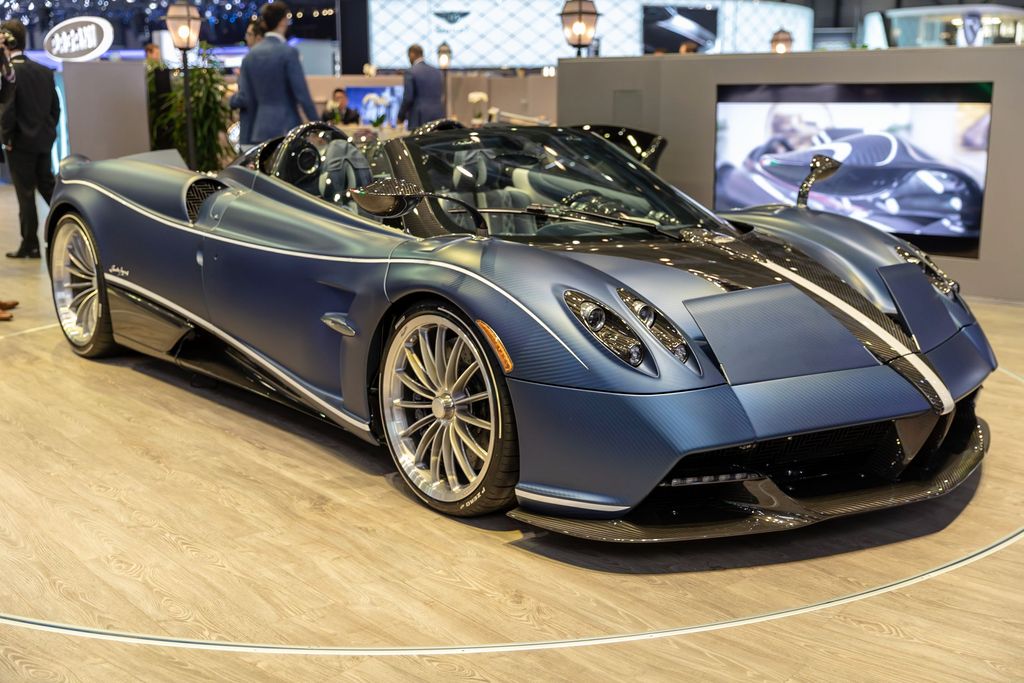Let’s face it. Sometimes, our cars let us down. The automotive landscape is filled with vehicles that look promising on paper, or even on the showroom floor, but often fail to live up to the hype once they hit the open road. It’s a disheartening reality after investing tens of thousands of dollars or committing to a multi-year car loan, only to develop a profound case of buyer’s remorse. Unfortunately, this scenario plays out all too often for consumers.
Considering how much new and used cars demand these days, understanding exactly what you’re getting into is not just wise, it’s essential. Making a buying decision based solely on exterior aesthetics and a quick glance at the spec sheet can easily lead to significant trouble down the line. One of the most effective strategies for making better choices in such a high-stakes purchase is to learn directly from the mistakes and experiences of other vehicle owners.
In this in-depth guide, we delve into 15 specific vehicles that have consistently left their owners wishing they had never driven them off the lot. We’ll explore the myriad reasons these models garnered such widespread regret, covering everything from persistent mechanical issues and performance deficits to design flaws and questionable long-term value. Our goal is to equip you with the knowledge to navigate the complex car market and help you avoid the anguish of a truly regrettable purchase.
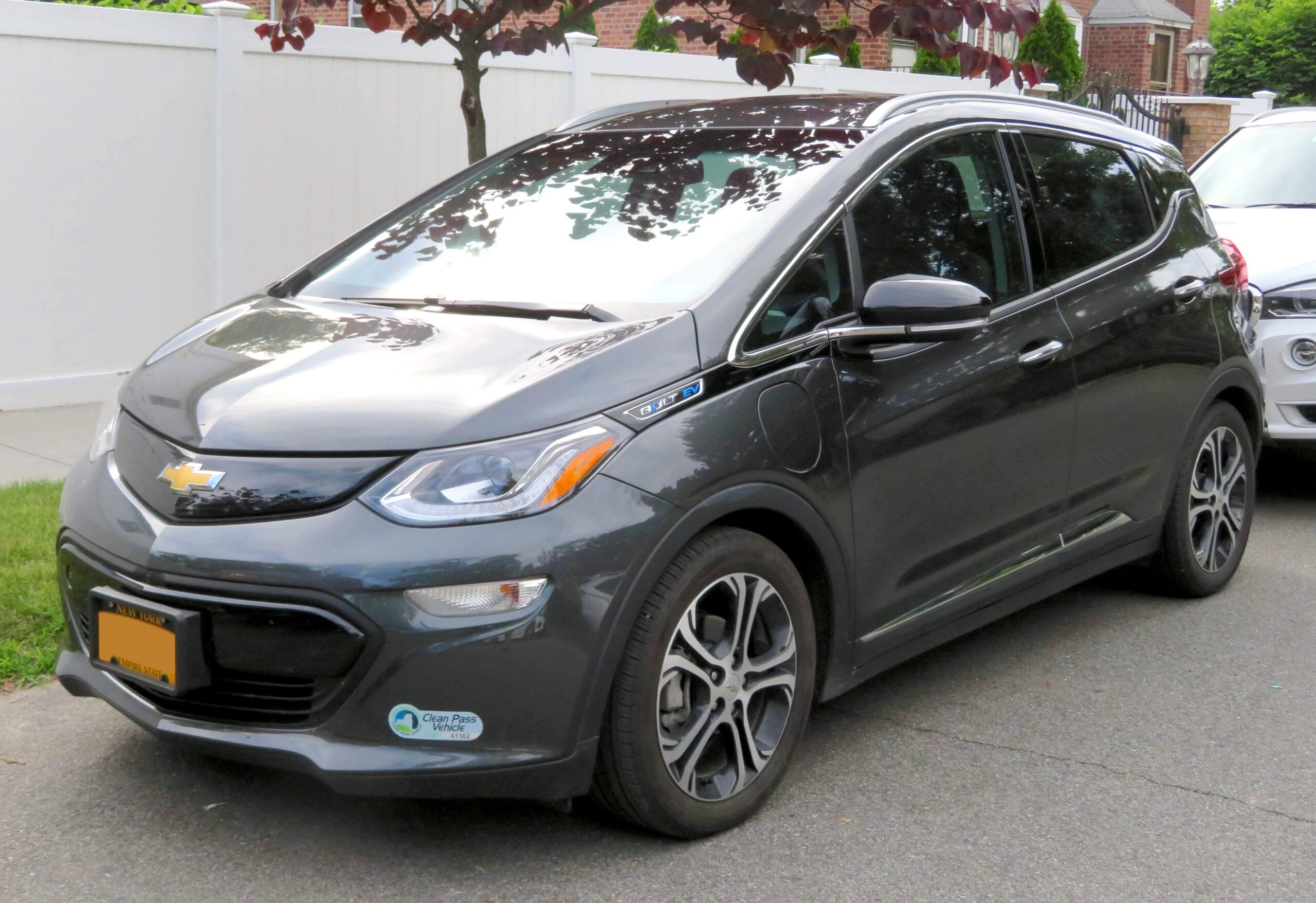
1. **Chevrolet Bolt**General Motors’ Chevrolet Bolt initially garnered considerable attention for its commendable affordability and a respectable electric range, positioning it as a potentially strong contender in the burgeoning EV market. However, despite these promising attributes, the Bolt has become unfortunately plagued with a series of significant problems that have overshadowed its initial appeal. For many owners, the experience quickly devolved from excitement to considerable frustration, particularly when confronting its well-documented reliability issues.
The most infamous and concerning issue tied to the Bolt is undoubtedly its battery-related fires, which led to widespread and expensive recalls in both 2020 and 2021. This critical problem stems from lithium-ion batteries manufactured by LG, which were found to be susceptible to short-circuiting, overheating, and, catastrophically, igniting into flames. Such a fundamental safety flaw not only endangered owners but also severely damaged confidence in a vehicle that was meant to usher in a new era of accessible electric mobility.
Beyond the headline-grabbing battery problems, the Chevrolet Bolt also suffers from other notable drawbacks that detract from the overall ownership experience. Owners frequently point to a so-so ride quality, which often fails to deliver the smooth and comfortable journey expected from a modern compact. Space for rear passengers is also consistently criticized as being limited, making longer trips uncomfortable for anyone not seated in the front.
Furthermore, the vehicle’s handling characteristics are often described as merely adequate, lacking the responsiveness or engagement that discerning drivers might seek. These combined factors — a critical safety defect coupled with several compromises in driving dynamics and passenger comfort — have firmly placed the Chevrolet Bolt on many owners’ lists of regrettable purchases, despite its initial promise as an affordable EV.
Car Model Information: 2022 Chevrolet Bolt EUV FWD Premier
Name: Chevrolet Bolt EV
Caption: 2022 Chevrolet Bolt EV
Manufacturer: General Motors
Production: unbulleted list
ModelYears: unbulleted list
Class: unbulleted list
BodyStyle: unbulleted list
Layout: Front-engine, front-wheel-drive layout
Predecessor: Chevrolet Spark EV
Categories: 2020s cars, All Wikipedia articles in need of updating, All articles containing potentially dated statements, All articles to be merged, All articles with unsourced statements
Summary: The Chevrolet Bolt EV (marketed in Europe as Opel Ampera-e) is a battery electric subcompact hatchback manufactured and marketed by General Motors under its Chevrolet brand from late 2016 until late 2023, with a brief hiatus between mid-2021 and early 2022.
The first-generation Bolt was developed and manufactured with LG Corporation. Sales of the 2017 Bolt began in California in December 2016; it was released nationwide and international markets release in 2017. A rebadged European variant was marketed as the Opel Ampera-e in mainland Europe. In 2017, the Bolt was the second-best-selling plug-in car in the United States. It was named the 2017 Motor Trend Car of the Year, the 2017 North American Car of the Year, an Automobile magazine 2017 All Star, and was listed in Time magazine’s Best 25 Inventions of 2016. The Ampera-e was discontinued after 2018. By the end of 2020, GM had sold 112,000 Bolt and Ampera-e cars worldwide. The first-generation Bolt had been subject to at least three recalls due to battery fire risks.
In mid-2023, GM officials said they would discontinue the Bolt; after outcry, they announced plans for a next-generation model. The second-generation Bolt, based on the Chevrolet Bolt EUV, was unveiled on October 9, 2025 for model year 2027.
Get more information about: Chevrolet Bolt
Buying a high-performing used car >>>
Brand: Chevrolet Model: Bolt
Price: $21,999 Mileage: 23,596 mi.
Read more about: Beyond the Beta Label: Unpacking the Genuine Confusion and Critical Failures in Automotive Software-Defined Vehicles
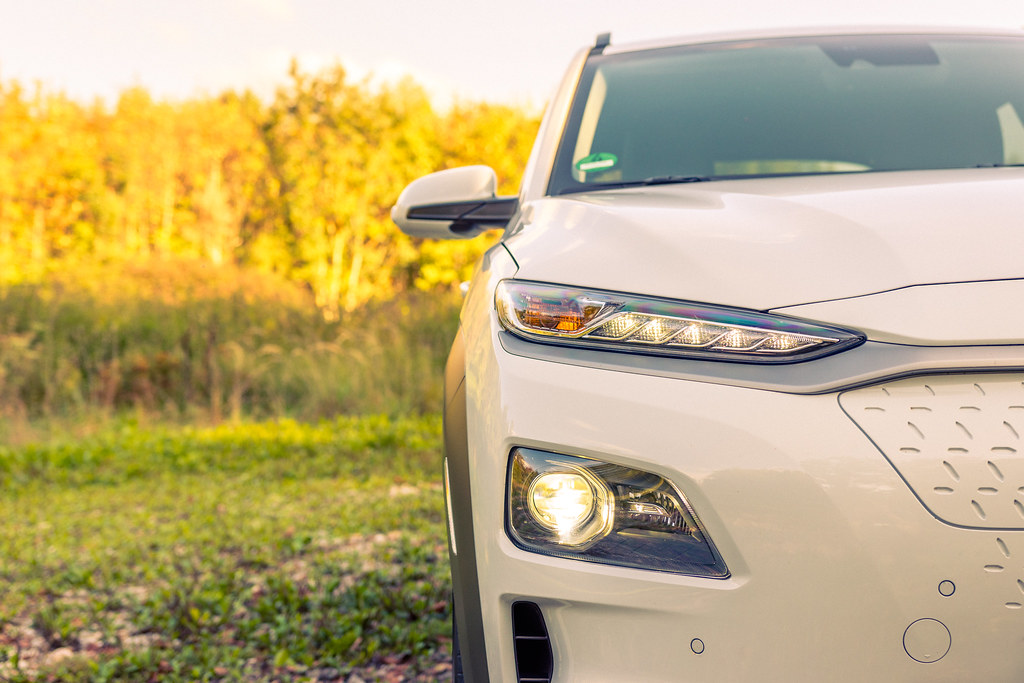
2. **Hyundai Kona Electric**Hoyundau has, in recent years, established a strong reputation for rolling out interesting and well-received electric vehicles that capture both market attention and critical acclaim. However, even the most successful manufacturers can have their missteps, and in Hyundai’s case, the Kona Electric stands out as a particular clunker for many owners. Much like its counterpart, the Chevrolet Bolt, this EV unfortunately carries a history marred by battery fires and extensive recalls, casting a long shadow over its otherwise appealing package.
In a concerning parallel to other early EVs, the Hyundai Kona Electric faced its own battle with fire risks emanating from its battery packs. This led the carmaker to issue a worldwide recall in both 2020 and 2021, an urgent measure taken to address the potential for ignition by replacing faulty battery packs in affected vehicles. Such a significant intervention, while necessary for safety, represents a major disruption and a costly fix that significantly impacts owner trust and convenience.
However, for many owners, these pervasive battery issues proved to be merely “the tip of the iceberg” when it came to the Kona Electric’s shortcomings. While the context doesn’t detail other specific problems, the strong implication for buyers is that further frustrations often emerge after purchase. The underlying message for potential buyers is a clear warning: “Buyer beware!” This suggests that while Hyundai has made strides in the EV space, the Kona Electric, despite its contemporary styling and efficient powertrain, has fundamental flaws that lead to long-term dissatisfaction and regret for those who invested in it.
Car Model Information: 2020 Lexus RX 350 Base
Name: Hyundai Kona
Caption: Hyundai Kona N Line (SX2)
Manufacturer: Hyundai Motor Company
Aka: Hyundai Kauai (Portugal)
Production: 2017–present
ModelYears: 2018–present
Class: Subcompact crossover SUV
BodyStyle: SUV
Layout: ubl
Categories: 2020s cars, All-wheel-drive vehicles, All Wikipedia articles in need of updating, All Wikipedia articles written in British English, Articles containing Chinese-language text
Summary: The Hyundai Kona (Korean: 현대 코나) is a subcompact crossover SUV produced by the South Korean manufacturer Hyundai. The first-generation Kona debuted in June 2017 and the production version was revealed later that year. It is positioned between the Venue or Bayon and the Tucson in Hyundai crossover SUV line-up. The battery electric version called the Kona Electric (or Kona EV) was first launched in South Korea during the first half of 2018 and rolled out gradually worldwide afterwards.
Get more information about: Hyundai Kona
Buying a high-performing used car >>>
Brand: Hyundai Model: Kona Electric
Price: $30,981 Mileage: 81,179 mi.
Read more about: Hyundai-Kia Crisis: Towing Hitch Fire Risk Threatens Telluride and Palisade SUVs
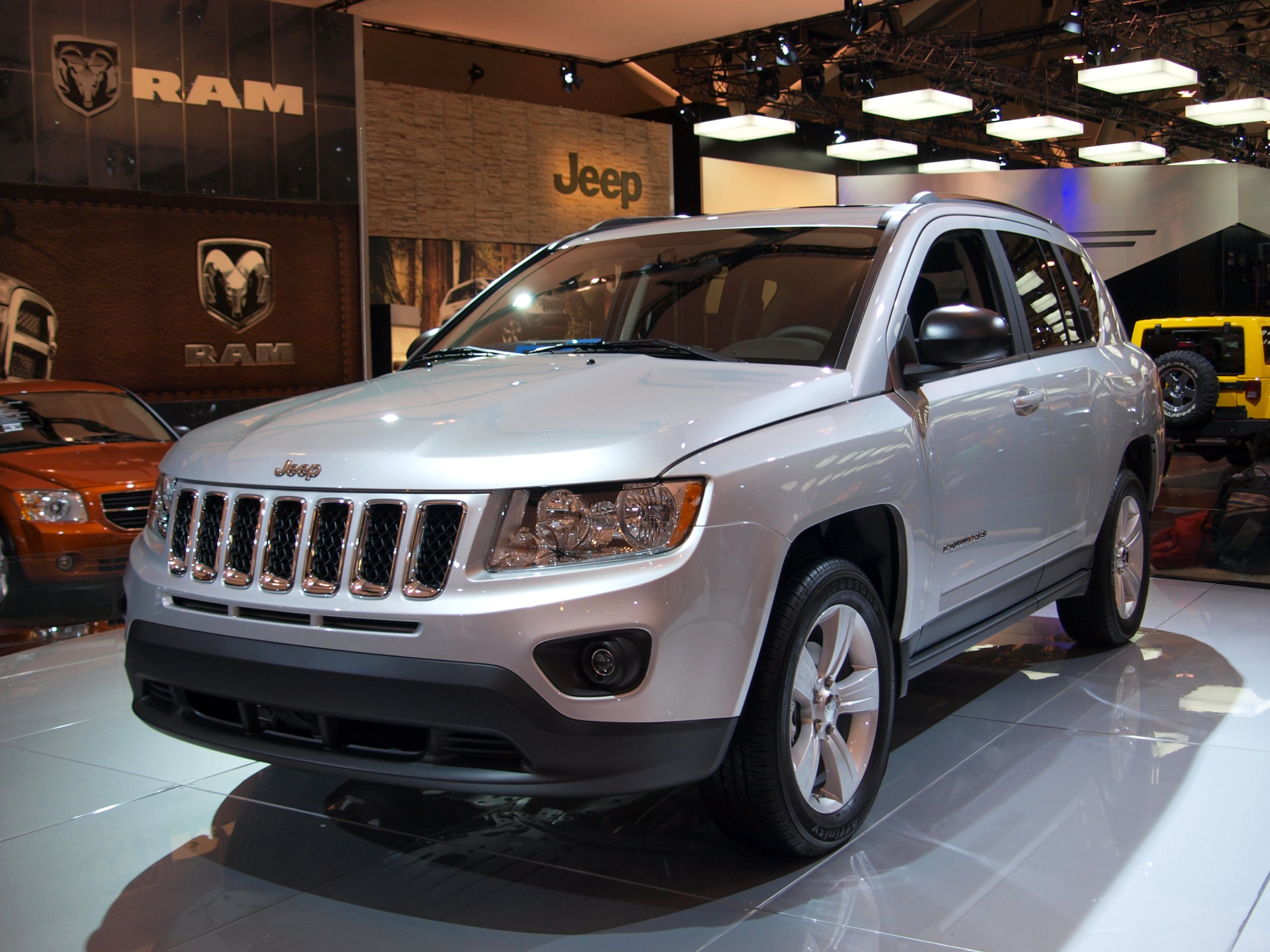
3. **Jeep Compass**The Jeep brand evokes images of rugged adventure and unparalleled off-road capability, a legacy many aspire to when choosing one of their vehicles. However, the compact SUV known as the Jeep Compass, despite carrying the iconic Jeep badge, has unfortunately been a consistent source of serious issues across various model years. For prospective buyers hoping to capture that adventurous spirit in a more accessible package, the Compass often proves to be a significant disappointment, leading to what many owners describe as a “migraine headache on wheels.”
One of the most frequently cited and aggravating problems reported by owners of the Jeep Compass revolves around its transmissions. Both the continuously variable transmission (CVT) and the 9-speed automatic transmissions are notorious for experiencing issues ranging from herky-jerky shifting to, in severe cases, catastrophic failure. This translates directly into an unreliable and unpredictable driving experience, where smooth power delivery is compromised, making daily commutes and longer journeys a source of constant irritation rather than enjoyment.
Beyond these critical transmission woes, the Compass is also plagued by a suite of other significant mechanical and operational shortcomings. Owners commonly report poor engine performance, indicating a lack of power and responsiveness that undermines confidence on highways and during acceleration. Excessive oil consumption is another recurring complaint, signaling potential underlying engine problems that can lead to costly maintenance and even premature engine wear.
Furthermore, electrical system issues frequently arise, manifesting in various frustrating malfunctions that can impact everything from infotainment to essential vehicle functions. These cumulative problems position the Jeep Compass as a vehicle that frequently falls short of the brand’s rugged promise, making it a purchase many buyers come to regret deeply.
Car Model Information: 2020 Jeep Cherokee Latitude Plus
Name: Jeep Compass
Caption: 2019 Jeep Compass
Manufacturer: Jeep
Production: 2006–present
ModelYears: 2007–present
Class: Compact crossover SUV
BodyStyle: SUV
Layout: Front-engine, front-wheel-drive layout
Chassis: Unibody
Categories: 2010s cars, 2020s cars, All-wheel-drive vehicles, All Wikipedia articles written in American English, Articles with short description
Summary: The Jeep Compass is a compact crossover SUV, introduced in 2006 for the 2007 model year. The first generation Compass and Patriot, its rebadged variant, were among Jeep’s first crossover SUVs. The second-generation Compass debuted in September 2016 in Brazil and at the Los Angeles International Auto Show in November 2016, sharing a modified platform with the Renegade. It is positioned between the smaller Renegade and the larger Cherokee globally or the Commander in South America. The third-generation Compass debuted in May 2025, built on the STLA Medium by Stellantis, shared with other PSA Groupe vehicles.
Get more information about: Jeep Compass
Buying a high-performing used car >>>
Brand: Jeep Model: Compass
Price: $15,877 Mileage: 96,780 mi.
Read more about: Buyer Beware: These 10 Popular Cars Are Known Money Pits After 100,000 Miles, According to Automotive Experts
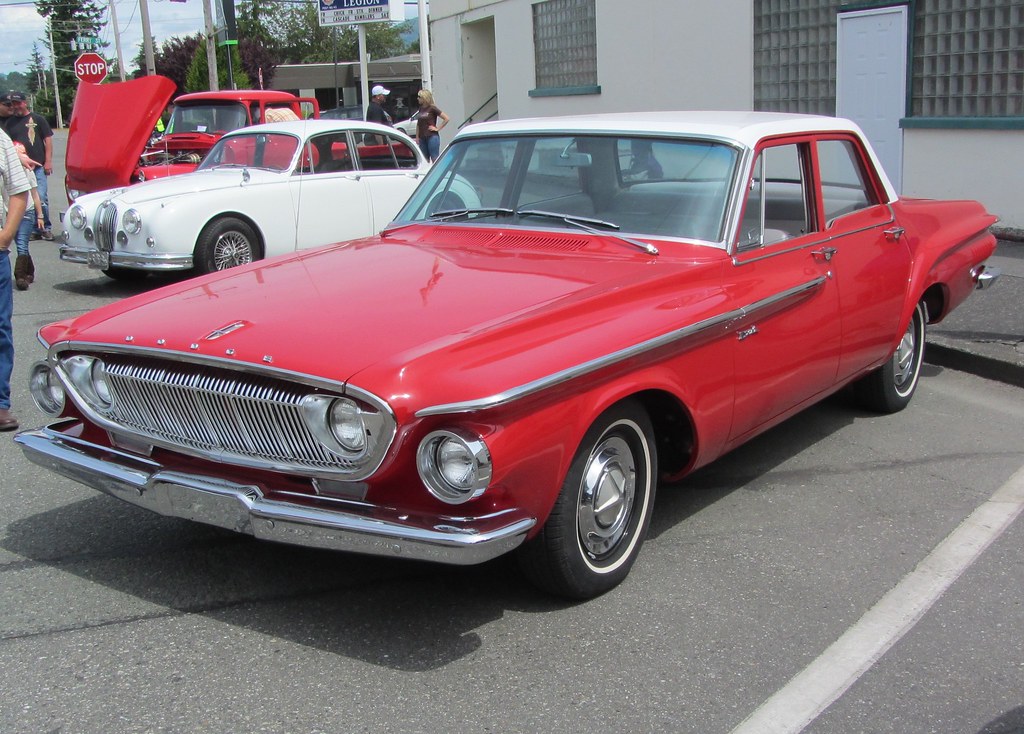
4. **Dodge Dart**The Dodge Dart was introduced as a compact sedan, aiming to blend modern styling with practical everyday usability. However, for a significant number of owners, this vehicle quickly revealed itself to be a “compact sedan with full-size car problems,” embodying a level of mechanical and operational frustration typically associated with much larger, more complex, and often more expensive vehicles. The list of grievances from owners is extensive, suggesting a vehicle plagued by fundamental flaws from nearly every angle.
Indeed, when examining the Dodge Dart’s reliability record, it’s difficult to pinpoint where the problems truly begin or end. Owners report issues spanning the entire powertrain and chassis, from the transmission system, which frequently exhibits unpredictable behavior and premature wear, to persistent engine troubles that impact performance and longevity. The suspension system often fails to provide a comfortable or composed ride, leading to a jarring experience even on relatively smooth roads.
Compounding these mechanical woes are common complaints related to the braking system, further undermining owner confidence in the vehicle’s safety and reliability. These widespread and interconnected issues contribute to a pervasive sense of dissatisfaction among those who chose the Dart. The cumulative effect of these problems is starkly illustrated by consumer sentiment, with a notable majority expressing deep regret.
According to Consumer Reports, a highly respected authority on product reliability and owner satisfaction, approximately “six in 10 buyers say they are not satisfied with the vehicle.” This statistic paints a clear picture of a car that, despite its attempts at contemporary appeal, consistently failed to meet basic owner expectations for reliability, performance, and overall quality, making it a prime example of a purchase many wish they could undo.
Car Model Information: 2015 Dodge Dart SXT
Name: Dodge Dart
Caption: 1966 Dodge Dart GT 2-door hardtop
Manufacturer: Dodge
Production: 1959–1976 (US market)
ModelYears: 1960–1976 (US market)
Class: Full-size
Layout: FR layout
Predecessor: Dodge Coronet#Fourth generation (1957–1959)
Related: Plymouth Valiant,Chrysler Valiant,Dodge Phoenix
Successor: Dodge Aspen,Dodge Diplomat,Talbot Tagora
Categories: 1970s cars, All articles with unsourced statements, Articles with short description, Articles with unsourced statements from December 2023, Articles with unsourced statements from May 2025
Summary: The Dodge Dart is a line of passenger cars produced by Dodge from the 1959 to 1976 model years in North America, with production extended to later years in various other markets.
The production Dodge Dart was introduced as a lower-priced full-size model in 1960 and 1961, but became a mid-size car for one model year for 1962, and was then reduced to a compact for two generations, from 1963 to 1976.
Chrysler had first used ‘Dart’ name plates on two Italian styled show cars, in 1956 and 1957, before it became a Dodge model name. The Dart nameplate was resurrected for a Fiat-derived compact car that was introduced in 2012.
Get more information about: Dodge Dart
Buying a high-performing used car >>>
Brand: Dodge Model: Dart
Price: $9,995 Mileage: 143,082 mi.
Read more about: 15 Vehicles Millennials Are Steering Clear Of: Unpacking the Generational Divide in Automotive Appreciation
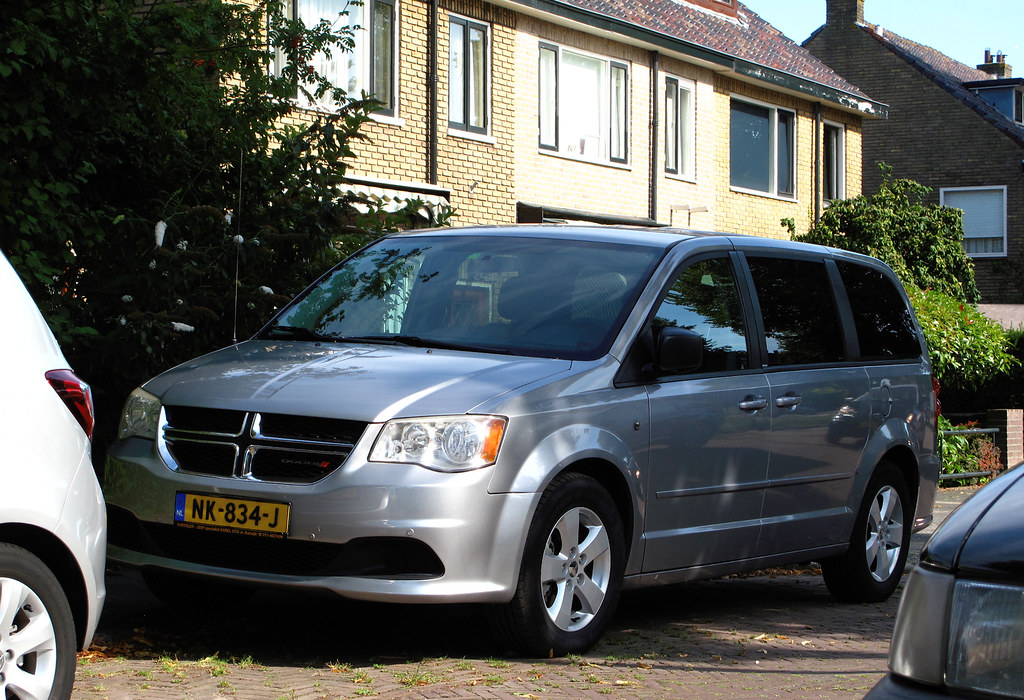
5. **Dodge Grand Caravan**The Dodge Grand Caravan holds a unique place in the hearts of many families, having served as the quintessential family hauler for generations, creating countless travel memories – some undoubtedly fond, and others perhaps less so. Yet, beneath this nostalgic veneer, the reality of owning a Grand Caravan is often anything but a smooth driving experience. Despite its perceived utility as a family, pet, and cargo transporter, its reliability record presents significant challenges that make it hard for owners to truly depend on it.
One of the most frequent and severe complaints voiced by owners of the Dodge Grand Caravan centers unequivocally on transmission failure. This critical mechanical breakdown is not an isolated incident but rather a common occurrence, making it incredibly difficult to rely on the vehicle for its primary purpose of safe and consistent transportation. The prospect of a major component like the transmission failing prematurely is a significant source of stress and unexpected financial burden for any vehicle owner.
However, the problems with the transmission often begin long before it completely goes kaput. Owners frequently report a precursor of issues that serve as red flags for impending failure. These include delayed gear engagement, where the vehicle hesitates significantly before selecting a gear, leading to frustrating and potentially unsafe moments. Rough shifting is another common complaint, indicating a lack of refinement and potential internal wear within the transmission. Furthermore, instances of slipping gears are reported, where the transmission fails to maintain a gear, leading to a loss of power and control.
In addition to these pervasive transmission concerns, many owners also cite recurring electrical system problems, which can manifest in a variety of unpredictable and irritating malfunctions, from faulty accessories to essential operational glitches. Heavy oil consumption is another significant issue, pointing to potential engine health concerns and requiring constant vigilance from owners. Faced with such a litany of costly and inconvenient problems, it is understandable that if owners “could rewind time and have a do-over, they would gladly choose something else,” cementing the Dodge Grand Caravan’s reputation as a vehicle often purchased with optimism but ultimately regretted.
Car Model Information: 2020 Lexus RX 350 Base
Caption: 2011 Dodge Grand Caravan Mainstreet
Name: Dodge Grand Caravan
Manufacturer: Chrysler Corporation,Daimler AG,Chrysler LLC,Chrysler Group LLC,FCA US LLC
Class: Minivan
Layout: FF layout,F4 layout
Production: November 2, 1983 –August 21, 2020
ModelYears: 1984–2020
Related: Plymouth Voyager,Chrysler Town & Country (minivan),Dodge Mini Ram,Chrysler Voyager,Volkswagen Routan
Assembly: Windsor, Ontario,Fenton, Missouri,Fenton, Missouri,Fuzhou
Successor: Dodge Journey,Chrysler Voyager
Categories: All-wheel-drive vehicles, All articles with unsourced statements, Articles with short description, Articles with unsourced statements from December 2017, Articles with unsourced statements from May 2009
Summary: The Dodge Caravan is a series of minivans manufactured by Chrysler from the 1984 through 2020 model years. The Dodge version of the Chrysler minivans, was marketed as both a passenger van and a cargo van (the only version of the model line offered in the latter configuration). For 1987, the model line was joined by the long-wheelbase Dodge Grand Caravan. Produced in five generations across 36 model years, the Dodge Caravan is the second longest-lived Dodge nameplate (exceeded only by the Dodge Charger). Initially marketed as the Dodge counterpart of the Plymouth Voyager, the Caravan was later slotted between the Voyager and the Chrysler Town & Country. Following the demise of Plymouth, the model line became the lowest-price Chrysler minivan, ultimately slotted below the Chrysler Pacifica.
Sold primarily in the United States and Canada, the Dodge Caravan was also marketed in Europe and other international markets under the Chrysler brand (as the Chrysler Voyager or Chrysler Caravan). From 2008 onward, Dodge marketed the model line only as the Grand Caravan; Ram Trucks sold a cargo-only version of the model line as the Ram C/V Tradesman. The model line was also rebranded as the Volkswagen Routan from 2009 through 2014.
After the 2020 model year, the Dodge Grand Caravan was discontinued, ending production on August 21, 2020. For 2021 production, the Grand Caravan nameplate was moved to Chrysler, which used it for a Canadian-market version of the Chrysler Pacifica (in the United States, the exact vehicle was marketed as the Chrysler Voyager).
For its entire production run, the Dodge Caravan/Grand Caravan was manufactured by Chrysler Canada (now Stellantis Canada) at its Windsor Assembly facility (Windsor, Ontario). From 1987 until 2007, the model line was also manufactured by Chrysler at its Saint Louis Assembly facility (Fenton, Missouri). Since their introduction in late 1983, over 14.6 million Chrysler minivans have been sold worldwide (including export versions and versions sold through rebranding).
Get more information about: Dodge Caravan
Buying a high-performing used car >>>
Brand: Dodge Model: Grand Caravan
Price: $30,981 Mileage: 81,179 mi.
Read more about: The 15 Worst New Cars to Buy Right Now
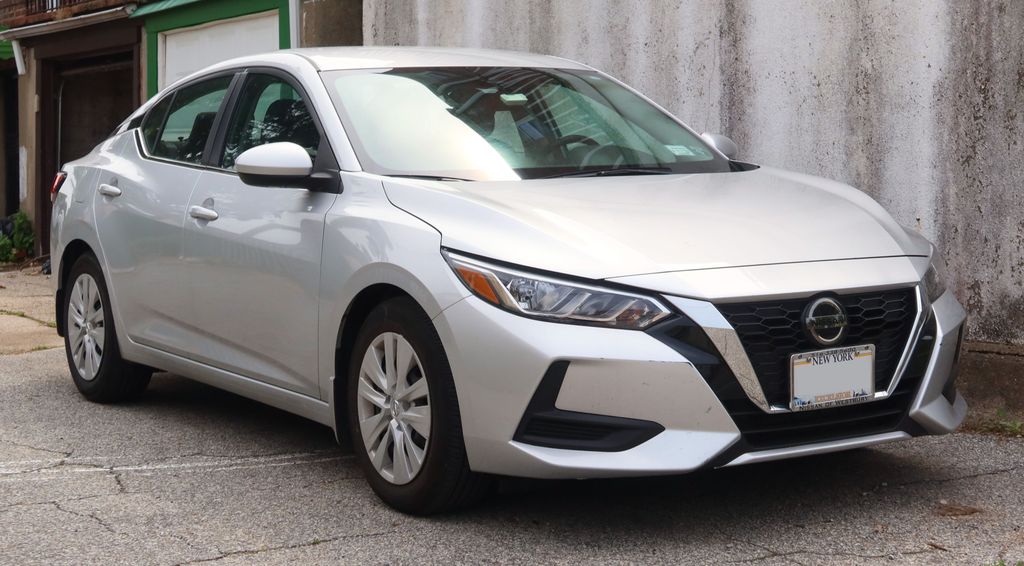
6. **Nissan Sentra**While it’s true that nearly every vehicle model has its better and worse years, and the Nissan Sentra is no exception, certain model years of this compact car stand out as particularly problematic, even “horrific,” according to numerous owner accounts. Specifically, those manufactured between 2013 and 2019 have earned a notorious reputation, largely due to a single, pervasive component that became a significant source of frustration: the continuously variable transmission (CVT). This transmission type has proven to be a persistent “thorn in the side of many Sentra owners.”
The issues associated with the Sentra’s infamous CVT are extensive and significantly detract from the driving experience. Owners frequently report problems such as overheating, particularly during prolonged use or under strenuous conditions, which can lead to performance degradation and long-term damage. Jerky acceleration is another common complaint, where the vehicle’s power delivery feels inconsistent and unrefined, making for an uncomfortable and unpredictable ride.
Compounding these operational issues is the unsettling sensation of shuddering, a vibration that often indicates internal problems within the transmission itself. This consistent lack of smoothness and reliability in power delivery not only frustrates drivers but also raises serious concerns about the vehicle’s mechanical integrity.
Among the lengthy laundry list of issues, engine stalling is also a reported problem, which can be both inconvenient and potentially dangerous in various driving scenarios. Furthermore, the Sentra has been subject to many recalls, addressing critical safety and operational concerns related to its airbags, seatbelts, brakes, and other vital components. These collective problems highlight a period where the Nissan Sentra struggled immensely with reliability, making those specific model years a clear target for buyer’s remorse.
Car Model Information: 2023 Nissan Sentra SV
Name: Nissan Sentra
Caption: 2021 Nissan Sentra SR (B18; Canada)
Manufacturer: Nissan
Aka: Nissan Sunny
Production: 1982–present
Class: Subcompact car
Predecessor: Nissan Sunny#B310
Categories: 1990s cars, 2000s cars, 2010s cars, 2020s cars, All Wikipedia articles written in American English
Summary: The Nissan Sentra is a series of automobiles manufactured by the Japanese automaker Nissan since 1982. Since 1999, the Sentra has been categorized as a compact car, while previously it occupied the subcompact class. Until 2006, Sentra was a rebadged export version of the Japanese Nissan Sunny, but since the 2013 model year, Sentra is a rebadged export version of the Sylphy. The Sentra nameplate is not used in Japan. Many other countries in Latin America sell their versions of the Sunny as the Sentra. In Mexico, the first three generations of the Sentra were known as the Nissan Tsuru (Japanese for crane), and the B13 model was sold under that name until 2017, alongside the updated models badged as Sentra.
In North America, the Sentra currently serves as Nissan’s compact car, despite being rated as a mid-size car by the EPA due to its interior volume since the 2007 model year. While previous Sentras were subcompacts, the Sentra has grown over the years, with the Nissan Versa having replaced the Sentra in the entry-level area.
The Sentra name was created for Nissan by Ira Bachrach of NameLab, and Bachrach describes the origin as “Nissan wanted consumers to understand that it was quite safe even though it was small. The word Sentra sounds like central as well as sentry, which evokes images of safety.”
Get more information about: Nissan Sentra
Buying a high-performing used car >>>
Brand: Nissan Model: Sentra
Price: $19,590 Mileage: 40,809 mi.
Read more about: Buyer Beware: These 10 Popular Cars Are Known Money Pits After 100,000 Miles, According to Automotive Experts
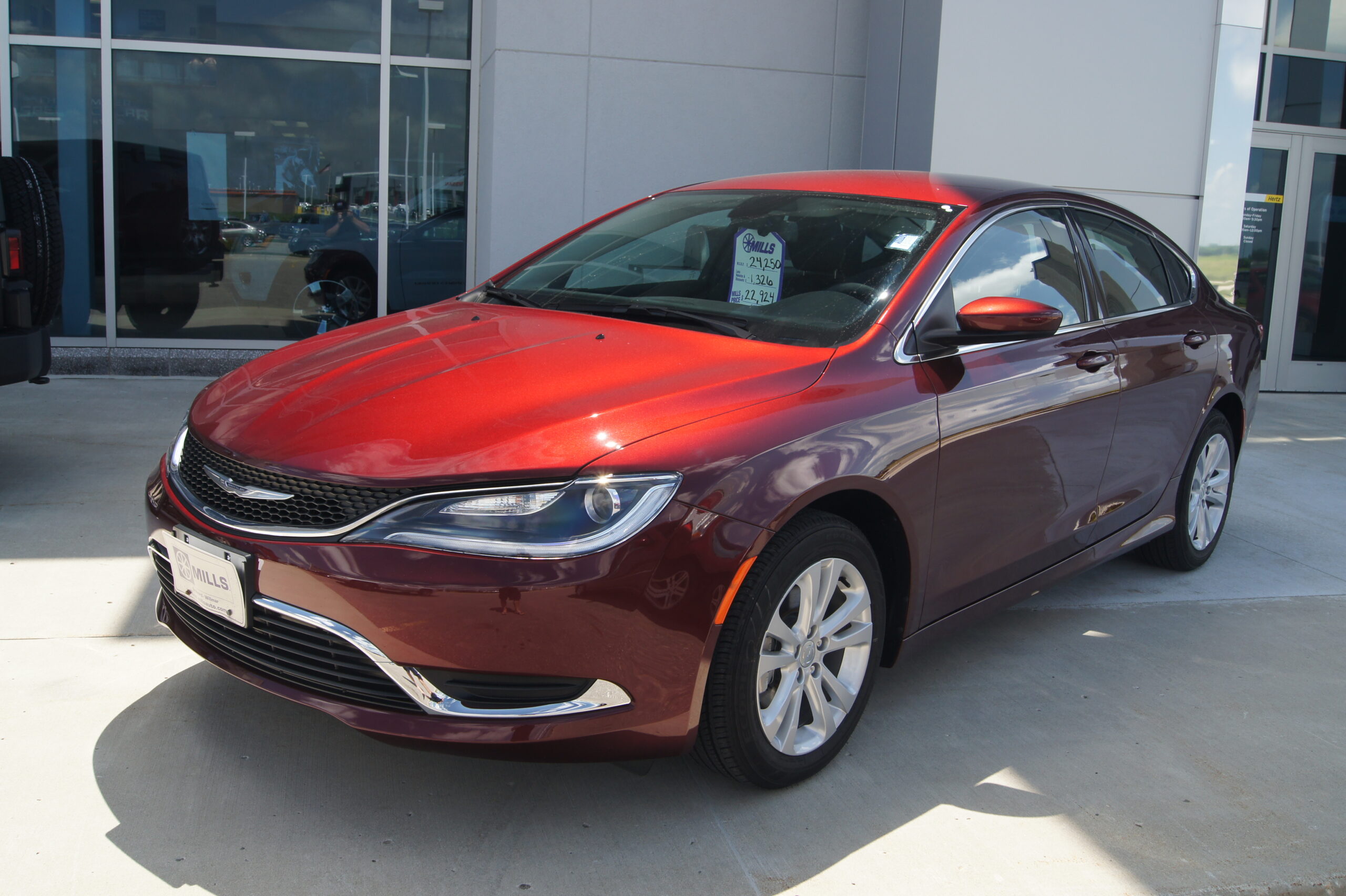
7. **Chrysler 200**The Chrysler 200, produced between 2011 and 2017, was introduced to the market with aspirations of competing with established mid-size sedan leaders. However, its trajectory ultimately veered sharply, becoming a classic “case study in buyer’s regret” for many who invested in it. The vehicle quickly garnered a reputation for a multitude of reliability issues, disappointing owners and critics alike. These challenges permeated various aspects of the car’s design and engineering, leading to widespread dissatisfaction.
A focal point of discontent for Chrysler 200 owners, particularly those with the 2015, 2016, and 2017 models, was the problematic 9-speed automatic transmission. This specific transmission unit was found to be “especially problematic,” frequently exhibiting unreliable operation and contributing significantly to the vehicle’s overall poor dependability. For many, issues with the transmission were just the beginning, as complete transmission failure became a distressingly common occurrence, necessitating expensive and often premature repairs.
Beyond its transmission woes, the Chrysler 200 also suffered from a range of engine performance problems. These issues often translated into a lackluster driving experience, where the engine failed to deliver adequate power or refinement, especially when compared to its segment rivals. The cumulative effect of these powertrain deficiencies was a vehicle that simply did not live up to modern performance expectations.
Moreover, the Chrysler 200 was criticized for its overall “lackluster reliability” and a driving experience that felt distinctly “inferior to rivals.” Its interior quality, while attempting to be upscale, often fell short in terms of material durability and ergonomic design, further contributing to a sense of disappointment. The vehicle’s cramped rear seats also made it less practical for families or those needing to transport multiple passengers comfortably. Ultimately, the model’s struggles led to its discontinuation, leaving many buyers with a car that rapidly lost value and became emblematic of Chrysler’s less successful ventures. For a multitude of reasons, the Chrysler 200 stands as a poignant reminder of a purchase that frequently turned sour.
Continuing our journey through the automotive landscape of regret, we now turn our attention to additional models that have consistently fallen short of expectations, leading many buyers to wish for a do-over. These vehicles, despite their initial appeal or purported practicality, have revealed fundamental flaws that manifest as persistent mechanical troubles, significant ownership pitfalls, and an overall experience far removed from the promise of the showroom floor. Understanding these common dissatisfactions is paramount for any prospective car buyer aiming to make a truly informed decision.
Read more about: Bawse-Level Bling: The 10 Most Shocking Custom Paint Jobs in Rick Ross’s Legendary Car Collection

8. **Nissan Altima**For many years, the Nissan Altima has been a ubiquitous presence on American roads, often chosen for its seemingly practical blend of size, features, and fuel efficiency. However, a significant number of Altima owners have found themselves trapped in a cycle of frustration, largely due to a familiar culprit within the Nissan lineup: the continuously variable transmission (CVT). This transmission type, particularly in models manufactured between 2013 and 2019, has been a persistent source of reliability concerns, frequently exhibiting unpredictable behavior and premature wear.
Owners commonly report issues such as juddering, a feeling of slipping gears, and a general lack of responsiveness from the CVT, which significantly detracts from the driving experience. These transmission woes often lead to costly repairs or even complete replacement, an unexpected financial burden that quickly sours the ownership journey. The promise of smooth, efficient power delivery gives way to a constant worry about the vehicle’s long-term mechanical integrity.
Beyond the pervasive CVT problems, the Nissan Altima has also garnered complaints regarding its steering system. Owners describe a steering feel that can be vague or unresponsive, undermining driver confidence and making the vehicle less engaging to operate, particularly at higher speeds. This lack of precise control further contributes to a less-than-satisfactory driving experience.
Adding to the list of grievances are issues related to engine lubrication, specifically excessive oil consumption and oil leaks. These problems indicate potential underlying engine health concerns that can lead to increased maintenance costs, reduced engine longevity, and the constant hassle of monitoring fluid levels. For a vehicle intended to be a dependable family sedan, these cumulative mechanical failures quickly erode owner trust and make the Nissan Altima a frequent contender on lists of regretted purchases.
Car Model Information: 2023 Nissan Altima 2.5 SV
Name: Nissan Altima
Caption: 2024 Nissan Altima SR (L34; US)
Manufacturer: Nissan
Aka: Nissan Bluebird
Production: 1992–present
Class: Compact car
Predecessor: Nissan Bluebird,Nissan Stanza
ModelYears: 1993–present
Categories: 2000s cars, 2010s cars, 2020s cars, All-wheel-drive vehicles, All Wikipedia articles written in American English
Summary: The Nissan Altima is a mid-size car manufactured by Nissan since 1992. It is a continuation of the Nissan Bluebird line, which began in 1955.
The Altima has historically been larger, more powerful, and more luxurious than the Nissan Sentra but less so than the Nissan Maxima. The first through fourth-generation cars were manufactured exclusively in the United States and officially sold in North and South America, along with the Middle East and Australia. For other markets, Nissan sold a related mid-size sedan called the Nissan Teana which was between the Altima and Maxima in terms of size. In 2013, the Teana became a rebadged version of the fifth-generation Altima.
The name “Altima” was originally applied to a top trim line of the Nissan Leopard for the Japanese market in 1986, and then to the Nissan Laurel Altima mid-size car sold in Central America and the Caribbean before 1992. In 1992, Nissan discontinued the Stanza which was a Nissan Bluebird clone, replacing it with the US-built Altima, while remaining a compact car. The first Altima was produced in June 1992, as a 1993 model. All Altima models for the North American market were built in Smyrna, Tennessee, until June 2004, when Nissan’s Canton, Mississippi plant also began producing the model to meet high demand.
Get more information about: Nissan Altima
Buying a high-performing used car >>>
Brand: Nissan Model: Altima
Price: $19,790 Mileage: 64,614 mi.
Read more about: Buyer Beware: These 10 Popular Cars Are Known Money Pits After 100,000 Miles, According to Automotive Experts
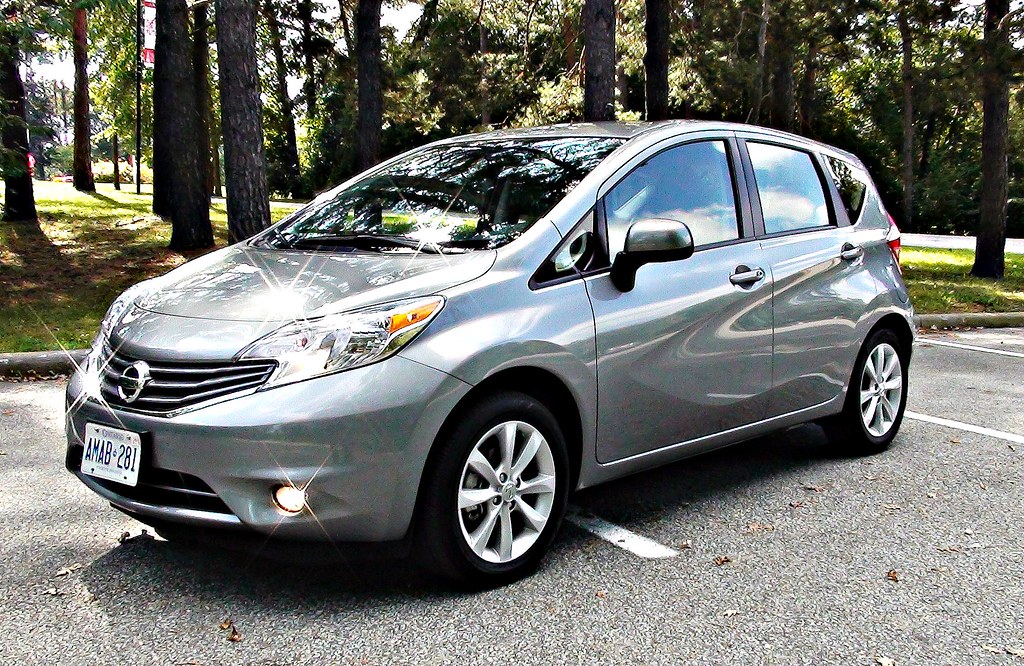
9. **Nissan Versa Note**The Nissan Versa Note entered the market with a clear mission: to offer an incredibly affordable small hatchback option, appealing to budget-conscious buyers seeking maximum utility for minimal outlay. While its initial low price tag was undoubtedly a draw, many owners soon discovered that this affordability came at a steep cost, mirroring a quality level that left much to be desired. The vehicle quickly garnered a reputation for compromises that far outweighed its upfront savings, leading to widespread buyer’s remorse.
The primary source of frustration for Nissan Versa Note owners, much like other Nissan models of its era, was its continuously variable transmission (CVT). This transmission type proved to be an endless “thorn in the side” for many, exhibiting the same reliability issues and undesirable driving characteristics that plagued its larger siblings. Jerky acceleration, unrefined power delivery, and concerns over long-term durability were common complaints, making daily commutes far less pleasant than anticipated.
Compounding the transmission woes was the vehicle’s anemic acceleration. Powered by a 1.6-liter 4-cylinder engine, the Versa Note struggled to deliver adequate power, especially during highway merges or when attempting to pass other vehicles. This lack of responsiveness often required drivers to push the engine hard, resulting in a noisy and strained experience that further highlighted the vehicle’s performance deficiencies. The driving dynamics were consistently described as uninspired, lacking the refinement found even in other budget-friendly compacts.
The combination of a problematic CVT and a severely underpowered engine made the Nissan Versa Note a challenging vehicle to live with on a daily basis. While its low entry price might have seemed attractive initially, the ongoing frustrations with its performance and reliability quickly overshadowed any perceived value, cementing its place as a vehicle many owners wish they had never driven off the lot.
Car Model Information: 2020 Lexus RX 350 Base
Categories: All set index articles, Articles with short description, CS1 Mexican Spanish-language sources (es-mx), CS1 Portuguese-language sources (pt), CS1 Spanish-language sources (es)
Summary: Nissan Versa is an automobile nameplate used by the Japanese manufacturer Nissan in the Americas for the following models:
According to a Nissan press release in 2008, “versa” is short for “versatile space” meant to imply the spaciousness of the interior and configurable cargo arrangements.
Get more information about: Nissan Versa
Buying a high-performing used car >>>
Brand: Nissan Model: Versa Note
Price: $30,981 Mileage: 81,179 mi.
Read more about: Buyer Beware: These 10 Popular Cars Are Known Money Pits After 100,000 Miles, According to Automotive Experts
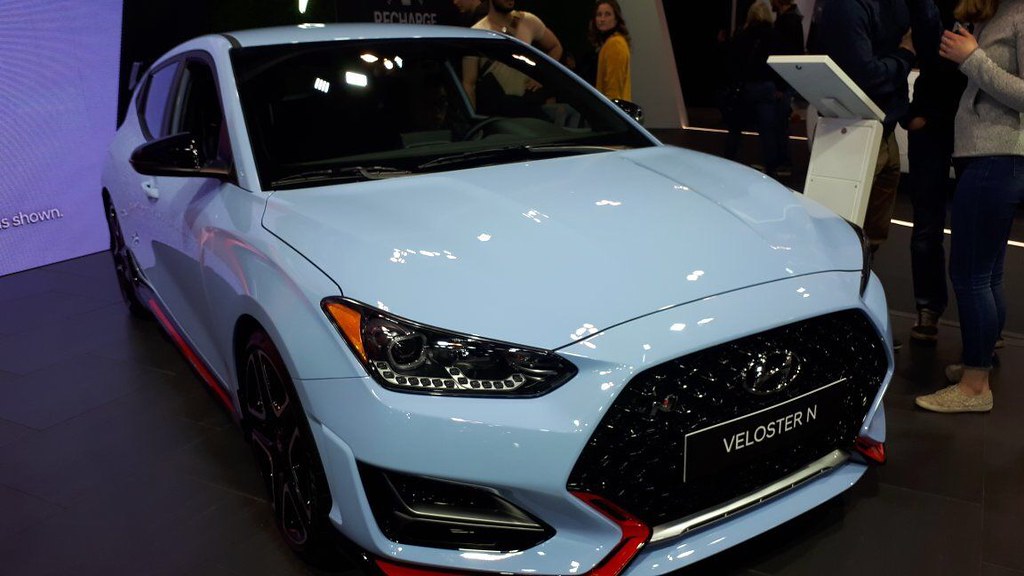
10. **Hyundai Veloster**The Hyundai Veloster certainly made a visual statement upon its introduction, boasting distinctive styling, a unique three-door configuration, and a promise of responsive handling that suggested a fun, engaging driving experience. For those seeking a compact car with a bit more flair and sportiness, the Veloster initially seemed like an intriguing proposition. However, for a significant number of owners, the initial charm of its aesthetics and nimble road manners quickly faded as more serious underlying problems began to surface.
One of the most concerning issues reported by Veloster owners revolves around its engine. Problems ranging from unusual noises to significant performance degradation have been documented, with some cases unfortunately escalating to catastrophic engine failure. Such a critical mechanical flaw not only leads to exorbitant repair costs but also fundamentally erodes confidence in the vehicle’s long-term reliability and safety, turning an otherwise appealing car into a financial liability.
Adding to the Veloster’s list of grievances is its dual-clutch transmission, which has also been a frequent source of frustration. Owners commonly report issues such as delayed acceleration, where the vehicle hesitates significantly before responding to throttle input, creating potentially unsafe situations. Slipping gears and jerky shifts are also frequently cited, leading to an unrefined and unpredictable driving experience that undermines the sporty pretensions of the car.
As if powertrain issues weren’t enough, the Hyundai Veloster also suffers from documented suspension and steering problems. These issues can manifest as a less-than-composed ride, poor handling dynamics, or even premature wear of components, requiring further unexpected maintenance. Despite its eye-catching design and initial driving appeal, the accumulation of critical engine, transmission, suspension, and steering problems has made the Hyundai Veloster a car that many owners ultimately regret purchasing, proving that looks alone cannot sustain satisfaction.
Read more about: Buyer’s Remorse in Every Mile: 12 Cars Drivers Say They’d “Unbuy” If They Could
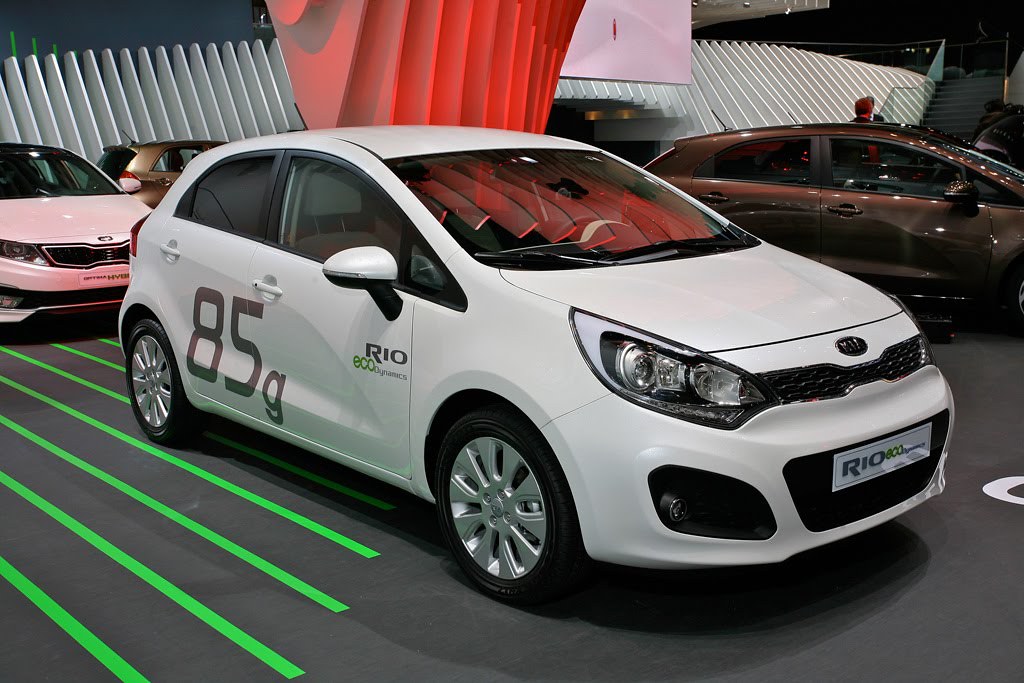
11. **Kia Rio**The Kia Rio has historically carved out a niche for itself as an affordable and efficient compact car, appealing to buyers who prioritize low running costs and a sensible, no-frills approach to daily transportation. While these attributes certainly hold appeal for budget-conscious consumers, many Rio owners have unfortunately found their experience tainted by a significant degree of buyer’s remorse. The vehicle’s initial promise of economical mobility often gives way to a series of mechanical and quality shortcomings that detract significantly from its value proposition.
Foremost among the issues plaguing the Kia Rio are its recurring engine problems. Owners frequently report instances of rough idling, where the engine vibrates excessively or struggles to maintain a steady RPM, indicating potential underlying issues. Misfires are another common complaint, often traceable to faulty spark plugs or ignition coils, leading to reduced power, poor fuel economy, and the need for frequent, unscheduled maintenance. These engine reliability concerns undermine the very foundation of an affordable, dependable compact car.
Beyond the critical engine troubles, the Kia Rio also faces criticism regarding its interior quality. Owners describe a cabin outfitted with cheap materials that often feel flimsy and less durable than expected, even for an entry-level vehicle. This lack of refinement extends to comfort issues, with many drivers and passengers finding the seating to be unsupportive and the overall ride experience to be less than ideal, especially on longer journeys.
While the Kia Rio might offer an attractive sticker price and commendable fuel efficiency, the persistent engine problems, coupled with a cheap interior and comfort deficiencies, ultimately erode the sense of value. For many, the compromises required for its affordability prove too great, leading to an ownership experience marked by frustration and the distinct feeling of having made a regrettable purchase.
Car Model Information: 2019 Kia Rio S
Name: Kia Rio
Caption: Fourth generation Kia Rio
Manufacturer: Kia
Aka: Kia Pride (2005–2017),Kia K2 (China; 2011–2020)
Production: November 1999 – December 2023
ModelYears: 2001–2023 (North America)
BodyStyle: hatchback
Class: Subcompact car
Layout: Front-engine, front-wheel-drive layout
Predecessor: Kia Pride,Kia Avella
Successor: Kia K3 (BL7),Kia Soluto
Categories: 2000s cars, 2010s cars, Articles containing Korean-language text, Articles with short description, CS1 Croatian-language sources (hr)
Summary: The Kia Rio (Korean: 기아 리오) is a subcompact car manufactured by Kia from 1999 to 2023. Body styles have included a three and five-door hatchback and four-door sedan, equipped with inline-four gasoline and diesel engines, and front-wheel drive.
The Rio replaced the first generation Pride—a rebadged version of the Ford Festiva—and the Avella, a subcompact sold as a Ford in some markets. A second generation was introduced in 2005 in Europe and in 2006 in North America, sharing its platform with the Hyundai Accent, a subcompact manufactured by its sister Hyundai Motor Company in South Korea.
In August 2023, the K3 was introduced as its successor in several markets such as Mexico and the GCC countries.
Get more information about: Kia Rio
Buying a high-performing used car >>>
Brand: Kia Model: Rio
Price: $10,900 Mileage: 70,595 mi.
Read more about: Hyundai-Kia Crisis: Towing Hitch Fire Risk Threatens Telluride and Palisade SUVs
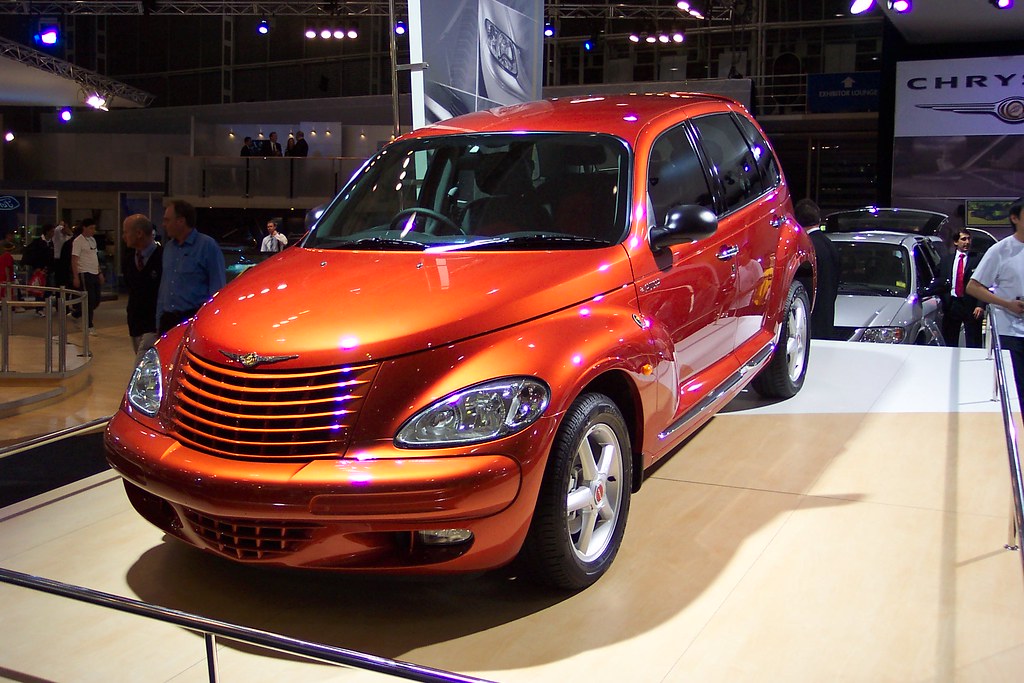
12. **Chrysler PT Cruiser**The Chrysler PT Cruiser occupies a unique and often polarizing place in automotive history, distinguished by its retro-inspired styling that evokes strong opinions – people either loved it or, perhaps more commonly, loved to hate its distinctive aesthetic. However, for many owners, the problems with the PT Cruiser extended far beyond its polarizing looks, permeating nearly every aspect of its mechanical and electrical systems, turning a novelty purchase into a significant source of anguish and regret.
The most pervasive issues reported by PT Cruiser owners centered squarely on its engine. Complaints were varied and severe, ranging from persistent stalling, which could be both inconvenient and dangerous, to rough idling that indicated poor engine health. Overheating was another common and critical problem, often signaling deeper mechanical faults that could lead to extensive and costly repairs. Perhaps most alarmingly, head gasket failure was a frequently reported issue, representing a major engine breakdown that often rendered the vehicle uneconomical to repair.
Compounding these extensive engine woes, the PT Cruiser also suffered from a litany of transmission problems. Owners experienced everything from erratic shifting to complete transmission failure, undermining the vehicle’s reliability and making consistent, dependable operation a constant concern. These transmission issues, when combined with the engine’s shortcomings, created a vehicle plagued by fundamental powertrain deficiencies that were difficult and expensive to rectify.
Furthermore, electrical problems were a recurring source of frustration for PT Cruiser owners, leading to unpredictable malfunctions that could affect everything from minor accessories to essential vehicle functions. This constellation of mechanical and electrical faults ultimately left countless owners wishing they had never opted for the PT Cruiser. Its unique styling, while a conversation starter, simply could not compensate for the profound and persistent reliability issues that made it a textbook example of a regrettable automotive purchase.
Car Model Information: 2020 Lexus RX 350 Base
Name: Chrysler PT Cruiser
Manufacturer: Chrysler
ModelCode: PT,PG
Production: 2000–2010
ModelYears: 2001–2010
Assembly: Toluca, Mexico State
Designer: Bryan Nesbitt
Class: Compact car
BodyStyle: convertible
Platform: Chrysler PT platform
Related: Dodge SRT4,Dodge Neon
Predecessor: Dodge Neon
Successor: Lancia Delta#Third generation
Layout: Front-engine, front-wheel-drive layout
Engine: ubl
Transmission: Ultradrive#40TE
Wheelbase: 103 in
Abbr: on
Length: 168.8 in
Width: 67.1 in
Height: 63 in
Weight: 3123 lb
Categories: 2010s cars, All articles with unsourced statements, Articles with short description, Articles with unsourced statements from March 2018, Cars discontinued in 2010
Summary: The Chrysler PT Cruiser is a compact car that was built by the American company Chrysler from 2001 until 2010. Introduced as a five-door hatchback wagon, a two-door convertible variant was also made from 2005 until 2008.
Originally planned as a Plymouth model, the PT Cruiser was ultimately marketed as a Chrysler when Plymouth was discontinued. Intended to invoke 1930s aesthetics, the exterior of the PT Cruiser was designed by Bryan Nesbitt. The model received an intermediate facelift for the 2006 model year. Interior packaging was noted for its high roof, high h-point seating, and flexible cargo and passenger configurations enabled by a multi-level rear cargo shelf and rear seats a user could fold, tumble, or remove.
The PT Cruiser was produced in Mexico and Austria at the Toluca Car Assembly and Eurostar Automobilwerk factories respectively. By the end of production in July 2010, worldwide production had reached 1.35 million.
In its nameplate, PT stands for “Personal Transport” or “Personal Transportation.” PT was the PT Cruiser’s product code for the Mexican-made units.
Get more information about: Chrysler PT Cruiser
Buying a high-performing used car >>>
Brand: Chrysler Model: PT Cruiser
Price: $30,981 Mileage: 81,179 mi.
Read more about: Bawse-Level Bling: The 10 Most Shocking Custom Paint Jobs in Rick Ross’s Legendary Car Collection
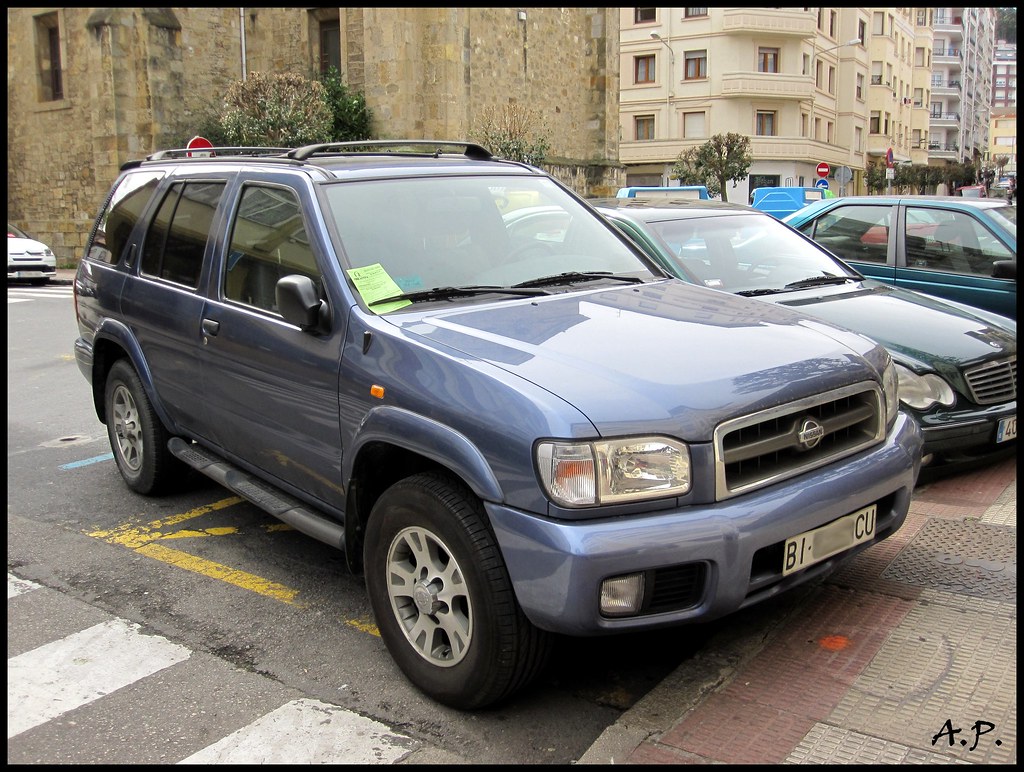
13. **Nissan Pathfinder**Despite its status as a popular SUV, the Nissan Pathfinder has a documented history of problems that have left many of its owners questioning their purchasing decisions. Marketed as a versatile and capable family vehicle, certain model years of the Pathfinder, particularly those featuring Nissan’s continuously variable transmission (CVT), have become synonymous with widespread reliability concerns. This has transformed the dream of a dependable SUV into a frustrating reality for a significant portion of its owners.
At the heart of many complaints lies the Pathfinder’s CVT, a transmission type that has proven problematic across various Nissan models. Owners frequently report experiencing issues such as rough shifting, which indicates a lack of refinement and potential internal wear within the transmission. Unsettling shuddering sensations are also common, often signaling underlying mechanical stress that can lead to further degradation. Moreover, instances of the CVT overheating have been reported, particularly under strenuous conditions or prolonged use, which can severely impact performance and longevity.
For some Nissan Pathfinder owners, these transmission issues are not merely inconvenient but escalate to the point where complete transmission replacement becomes necessary. Such a major repair is not only financially burdensome but also represents a severe breach of trust in a vehicle that is meant to provide reliable family transportation. The prospect of such a critical component failing prematurely significantly diminishes the vehicle’s overall value and appeal.
Beyond the pervasive CVT concerns, the Pathfinder has also been cited for various engine issues, which can contribute to diminished performance, excessive fluid consumption, or even outright breakdowns. Furthermore, problems with the fuel system have been reported, adding another layer of complexity and potential expense for owners. These collective and significant mechanical shortcomings have firmly cemented the Nissan Pathfinder’s reputation as an SUV that, despite its popularity, frequently leads to deep buyer’s remorse.
Car Model Information: 2023 Nissan Pathfinder Platinum
Name: Nissan Pathfinder
Caption: 2022 Nissan Pathfinder Platinum 4WD (R53, US)
Manufacturer: Nissan
Production: 1985–present
ModelYears: unbulleted list
Layout: unbulleted list
Class: unbulleted list
Chassis: unbulleted list
Predecessor: unbulleted list
Successor: unbulleted list
Categories: 1990s cars, 2000s cars, 2010s cars, 2020s cars, All-wheel-drive vehicles
Summary: The Nissan Pathfinder is a range of sport utility vehicles manufactured by Nissan since 1985. Until the third-generation model, the Pathfinder is based on Nissan’s compact pickup truck platform which it shares with the Navara/Frontier.
The Pathfinder was marketed as the Nissan Terrano (Japanese: 日産・テラノ, Hepburn: Nissan Terano) outside North America. Beginning in 2004, the vehicles were marketed globally as the Pathfinder.
In 2012, the R52 series Pathfinder was released as a three-row crossover SUV based on the unibody Nissan D platform, moving away from the body-on-frame chassis format. The role of a mid-size body-on-frame SUV in Nissan’s global lineup was passed to the Terra/X-Terra, which was released in 2018 and based on the D23 series Navara.
Get more information about: Nissan Pathfinder
Buying a high-performing used car >>>
Brand: Nissan Model: Pathfinder
Price: $36,988 Mileage: 46,270 mi.
Read more about: The 14 Luxury SUVs Hollywood Moms Are Obsessed With for Ultimate Safety (and Why You Should Be Too!)
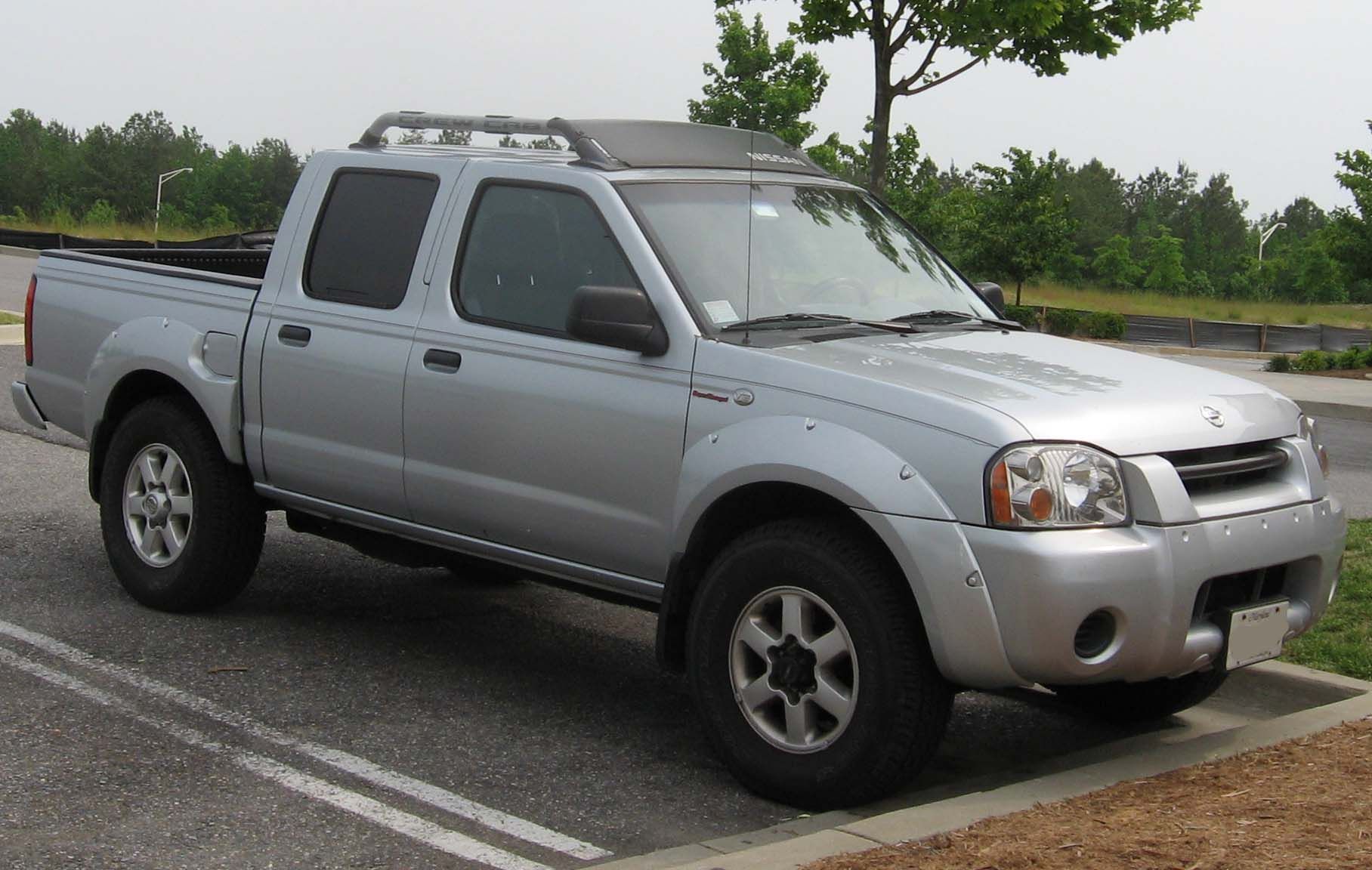
14. **Nissan Frontier**The Nissan Frontier, a long-standing contender in the mid-size pickup truck segment, has earned a reputation for rugged utility. However, for many owners, particularly those who invested in models from 2005 to 2010, the ownership experience has been anything but smooth sailing. These specific model years are notorious for a deeply flawed design that led to widespread transmission problems, turning a dependable workhorse into a source of profound mechanical frustration and regret.
The core of the problem stems from a significant design flaw where the radiator, which also cools the transmission fluid, was prone to leaking coolant directly into the transmissions. This catastrophic intermingling of fluids caused severe internal damage to the transmission, leading to a cascade of operational issues that effectively crippled the truck’s powertrain. The ensuing symptoms were unmistakable and deeply concerning for owners.
Drivers of the affected Nissan Frontier models frequently reported experiencing slipping gears, where the transmission struggled to maintain proper engagement, leading to a loss of power and unpredictable acceleration. Herky-jerky shifting was another pervasive complaint, indicating severe internal wear and a lack of smooth power delivery. Ultimately, these issues often culminated in complete transmission failure, necessitating costly and extensive repairs or even full replacement, a devastating blow for any truck owner.
In addition to these infamous transmission woes, the Nissan Frontier has also faced complaints regarding its engine performance and timing chain issues. These problems further detract from the vehicle’s reliability and add to the financial burden of ownership, making it clear why so many owners of the 2005-2010 models have expressed deep regret. For a truck designed for durability and hard work, these fundamental mechanical failures made the Frontier a painful example of a purchase many wish they could undo.
Car Model Information: 2016 Nissan Frontier SV
Categories: All set index articles, Articles with short description, Nissan vehicles, Set index articles on cars, Short description is different from Wikidata
Summary: The Nissan Frontier is a nameplate used on three different pickup truck models by Nissan:
Nissan Frontier (international), an alternative nameplate for the NP300/Navara on some markets
Nissan Frontier (North America), a rebadged NP300/Navara from 1997 to 2021, then became a separate model since 2021
Nissan Frontier Pro, a rebadged Dongfeng Z9 PHEV that will be available from 2025.
Get more information about: Nissan Frontier
Buying a high-performing used car >>>
Brand: Nissan Model: Frontier
Price: $17,000 Mileage: 97,461 mi.
Read more about: Beyond the Red Carpet: Unpacking Celebrity Endorsements in the Automotive Industry and the Brands Forging Their Own Path
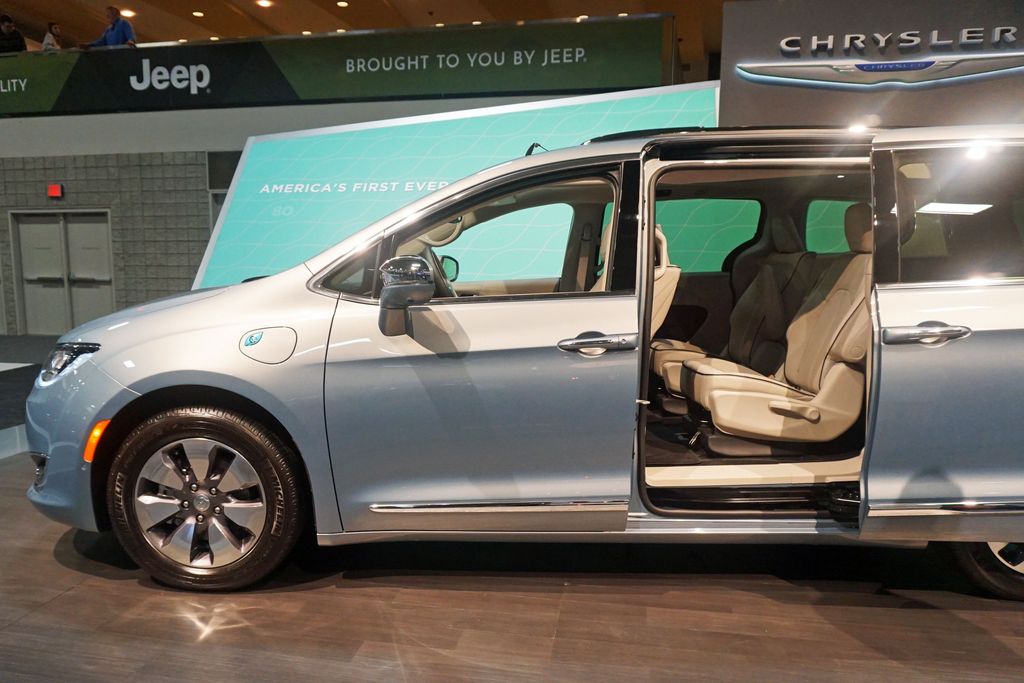
15. **Chrysler Pacifica Hybrid**The Chrysler Pacifica Hybrid entered the market as a compelling proposition: a popular minivan offering the enhanced fuel efficiency of a plug-in hybrid powertrain, seemingly combining practicality with environmental consciousness. While its promise of reduced trips to the gas station and a respectable all-electric range was certainly attractive, many owners have found that these benefits are often overshadowed by a series of significant battery and electrical problems, turning an innovative concept into a problematic reality.
According to a considerable number of owners, the answer to whether the fuel efficiency offsets these issues is a resounding “No.” The Pacifica Hybrid has been plagued by a litany of complaints related to its complex powertrain. Foremost among these are issues with battery drain, where the vehicle’s high-voltage battery loses charge unexpectedly or at an accelerated rate, severely compromising its electric-only driving capability and overall fuel savings.
Compounding these battery drain issues is the problem of inconsistent all-electric range. Owners frequently report that the actual electric range achieved falls significantly short of advertised figures, or that it varies unpredictably, making it difficult to rely on the vehicle for electric-only commutes. In more severe cases, complete battery failure has been reported, leading to incredibly expensive repairs and rendering the hybrid system largely inoperative.
Beyond the battery-specific concerns, the Pacifica Hybrid also faces challenges with its electric continuously variable transmission and other complex electrical system problems. These issues can manifest as erratic performance, unexpected warning lights, or even critical operational glitches, further eroding owner confidence and adding to the vehicle’s maintenance complexity. For a family-oriented vehicle that promised both innovation and practicality, the Chrysler Pacifica Hybrid’s persistent powertrain and electrical reliability issues have made it a source of considerable frustration and regret for many who sought its eco-friendly advantages.
Read more about: Accident-Proof Rides: Unveiling 14 Cars Secretly Engineered to Transform Even the Most Terrible Drivers into Confident Road Warriors
The journey through these 15 vehicles serves as a sobering reminder that the allure of a new car can quickly fade when confronted with persistent problems. Whether it’s the notorious transmission woes of a Nissan, the critical battery defects of early EVs, or the myriad mechanical and electrical failures plaguing models from various manufacturers, the message for buyers is clear: thorough research and an understanding of real-world ownership experiences are invaluable. While some cars bring joy and reliability for hundreds of thousands of miles, others regrettably become a source of anguish and financial drain. By heeding these lessons and learning from the mistakes of others, prospective car owners can navigate the complex automotive market with greater confidence, ultimately driving off the lot with a purchase they genuinely cherish, rather than one they desperately wish to undo.

